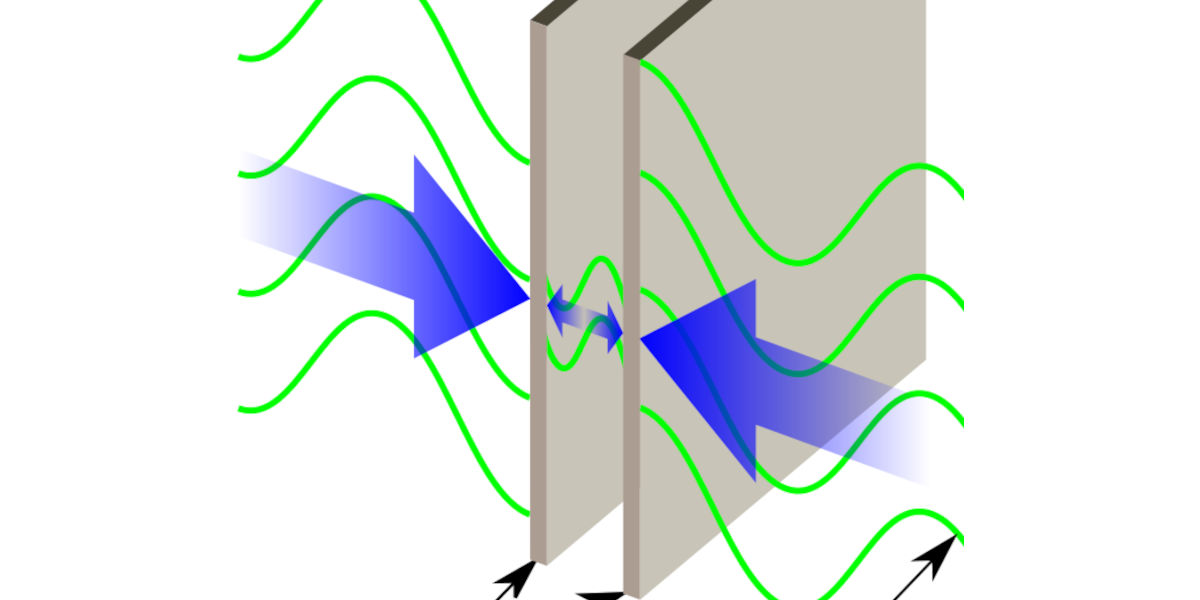Unfurling the mysteries of our universe often requires shifting our focus from the very big -- galaxies, black holes, the cosmic web -- to the unimaginably small, where even seemingly empty spaces teem with subtle yet profound phenomena. Such is the case with the Casimir Effect, an intricate dance between nothingness and reality, virtual particles, and tangible forces. This article embarks on the mission of demystifying this elusive phenomenon to answer "What is the Casimir Effect?," explore its intriguing applications, and shed light on how it is measured.
The Casimir Effect: A Quantum Tango in Nothingness
The tale of the Casimir Effect starts in the realm of quantum mechanics, a field of physics that delves into the behaviors of particles at the atomic and subatomic levels. Here, the apparently 'void' spaces aren’t vacant after all. Instead, they thrum with waves of energy -- or 'virtual particles' -- that spontaneously come into existence and swiftly annihilate each other. The Casimir Effect is an inadvertently choreographed dance of these transient particles, creating tangible phenomena that remind us of 'nothingness' holding tremendous power.
First proposed by Dutch physicist Hendrik Casimir in 1948, the Casimir Effect was initially deemed perplexing and bewildering. Casimir postulated that two uncharged parallel plates in a vacuum – meaning an area devoid of matter – would inexplicably experience an attractive force. This mystifying result is not due to any traditional forces but originates from the complex domain of quantum fluctuations, thereby responding to the question, "What is the Casimir Effect?"
Applications of the Casimir Effect: Translating Quantum Quirks to Practical Uses
While at first glance the Casimir Effect may seem like a purely theoretical study reserved only for abstract physics concerns, its implications have permeated fields as diverse as nanotechnology, computer science, and even speculative models for next-generation spacecraft propulsion. In the realm of nanotechnology, the effect has been harnessed to provide a deeper understanding of stiction -- the strong adherence force encountered between two very close surfaces at the nanoscale.
This force can cause a considerable conundrum for nanoelectromechanical systems (NEMS). Having an in-depth understanding of the Casimir Effect thereby helps to predict, and consequently, mitigate stiction, leading to the effective design of NEMS.
Deciphering the Unseen: Measuring the Casimir Effect
Since the Casimir Effect exists within the underlying structure of the fabric of empty space itself, it cannot be observed directly. So, how is the Casimir Effect measured? Precise measurements require an experimental setup that primarily involves placing two parallel uncharged conductive plates in a vacuum and maintaining a minuscule gap between them.
When these are set up under laboratory conditions, it becomes possible to measure the subtle yet perceptible attractive force as it manipulates the placement of the plates. Sophisticated techniques such as the use of atomic force microscopy have further refined our ability to observe and measure the Casimir Effect.
Quantum Mysteries and the Birth of the Conundrum
The concept of the Casimir effect can be traced back to the groundbreaking research conducted by physicist Hendrik Casimir in 1948. Aiming to delve into the realms of quantum electrodynamics, Casimir theorized that 'virtual' particles, which fluctuate in and out of existence, can manifest physical forces. These particles are not detectable directly but their consequences can have tangible effects on our surroundings.
In the microscopic world, these virtual particles can lead to a weak force between two metal plates, depending on their distance from each other. This phenomenon, purely quantum mechanical in nature, beautifully connects to ideas developed in modern physics.
The Role of Virtual Particles
The vacuum state in quantum mechanics does not refer to the absence of particles, but rather, a teeming domain of fleeting, 'virtual' particles. These particles owe their existence to Heisenberg's Uncertainty Principle, which concedes that the precise energy and time of any quantum system cannot be simultaneously analyzed. Accordingly, energy can briefly borrow from the vacuum to produce particle-antiparticle pairs, only to annihilate almost as quickly as they emerged. As they say in the quantum world, 'The vacuum is boiling.'
Casimir Effect: Defying Our Understanding of Finity
When two uncharged, perfectly conducting plates are positioned nearly close together in a vacuum, these fleeting virtual particles create what we now understand to be the Casimir Effect. The emergence of these particles is limited between the plates due to the constraint of fitting in a whole number of wavelengths, resulting in fewer particles between the plates than outside them.
This imbalance of pressure induces a tiny attractive force, effectively pushing the plates together. The profound quality of this interaction is that it defies our classical understanding. The physical impact resulting from virtual, non-detectable entities essentially shadowing into existence bridges conceptual gaps between classical and quantum mechanics - unravelling scientific paradoxes.
Profound Implications and Conclusion
The broad implications of the Casimir Effect extend to numerous areas, including nanotechnology and cosmology. Our understanding of quantum fluctuations and vacuum energies can be directly linked to the astronomical problems related to the universe's acceleration expansion and dark energy. This fascinating discovery challenges our conventional paradigms and demands a deeper exploration into the essence of reality and the subatomic universe.
Deciphering and comprehending the true nature of the Casimir Conundrum is indeed intricate, requiring a profound understanding of theoretical physics and quantum mechanics. Its revelation, however, subtly yet surely transforms our perception of reality, encouraging us to delve deeper into the mysterious dance of unseen subatomic particles.




